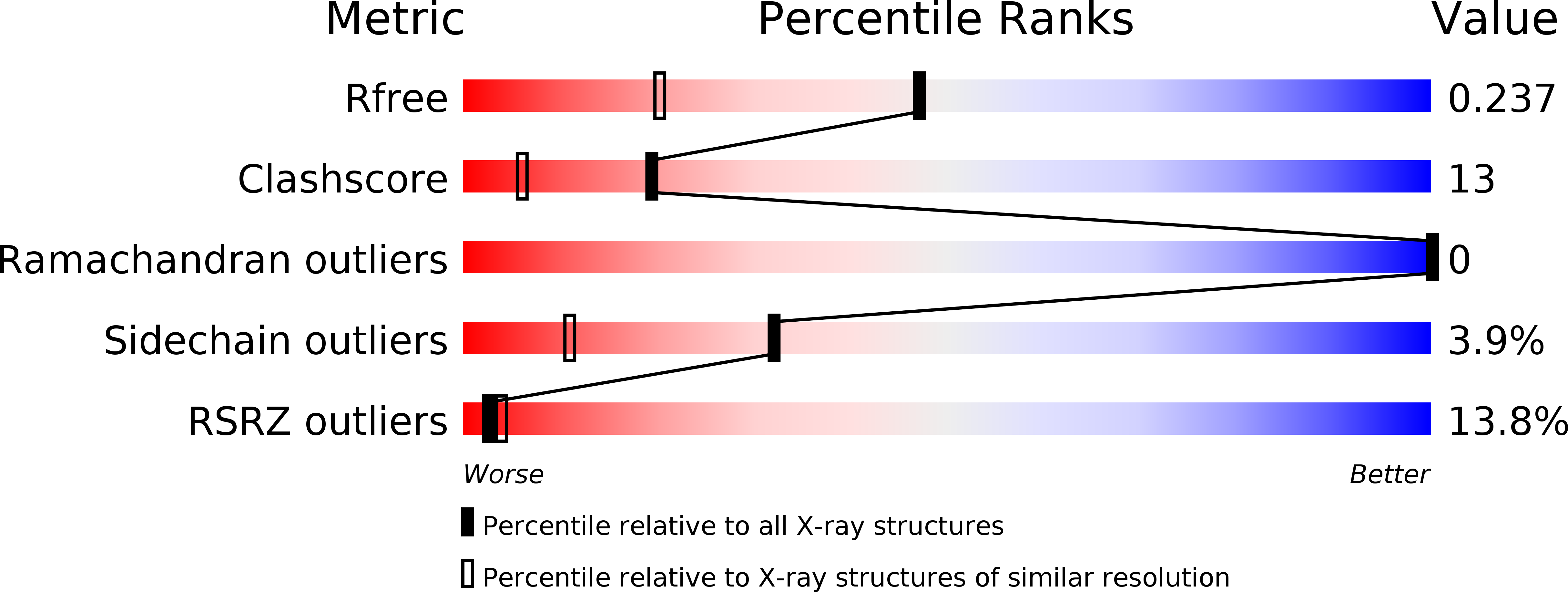
Deposition Date
1998-11-16
Release Date
1999-04-29
Last Version Date
2023-09-06
Entry Detail
Biological Source:
Source Organism:
Kluyveromyces lactis (Taxon ID: 28985)
Host Organism:
Method Details:
Experimental Method:
Resolution:
1.75 Å
R-Value Free:
0.24
R-Value Work:
0.20
Space Group:
C 1 2 1


